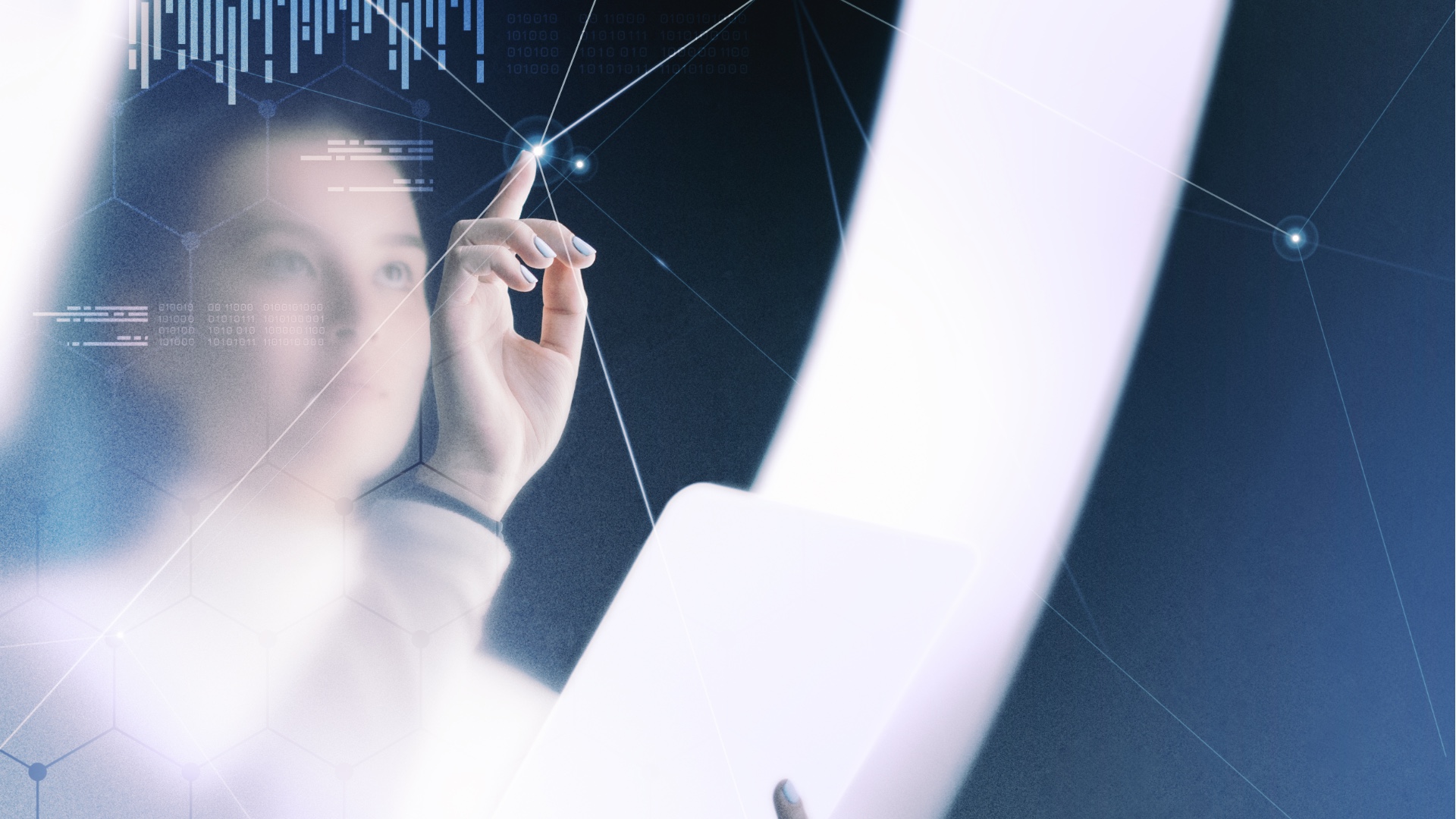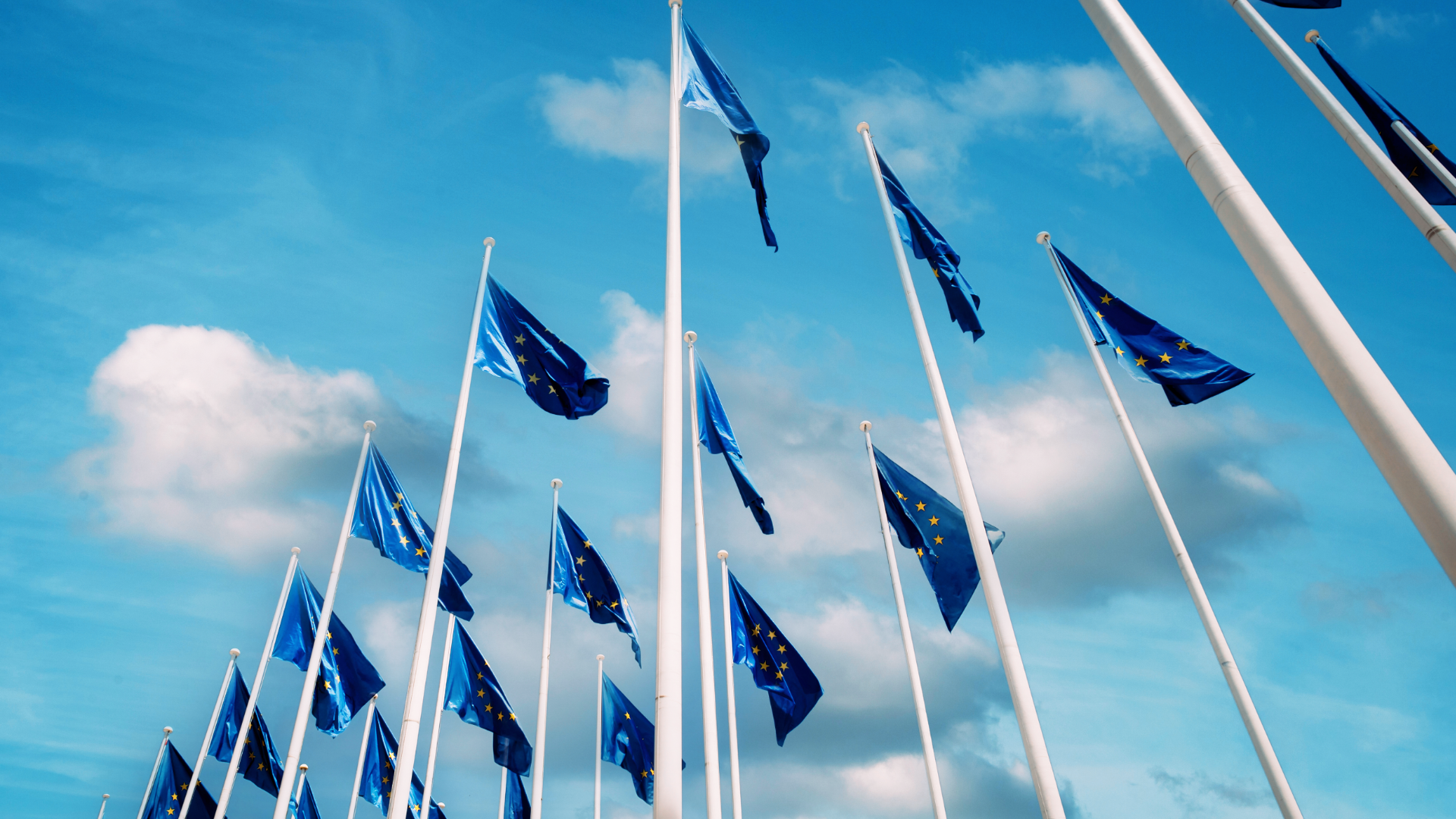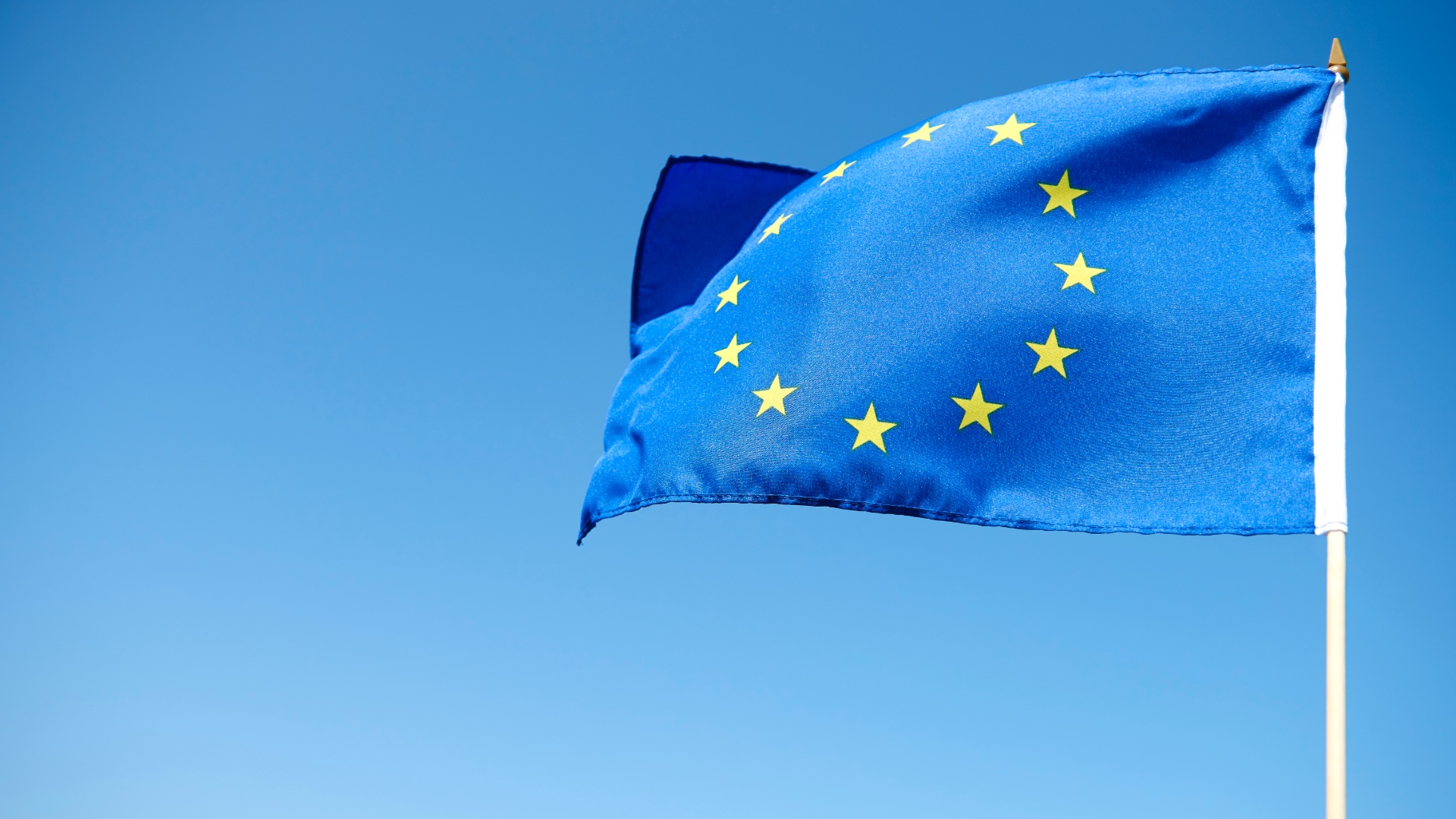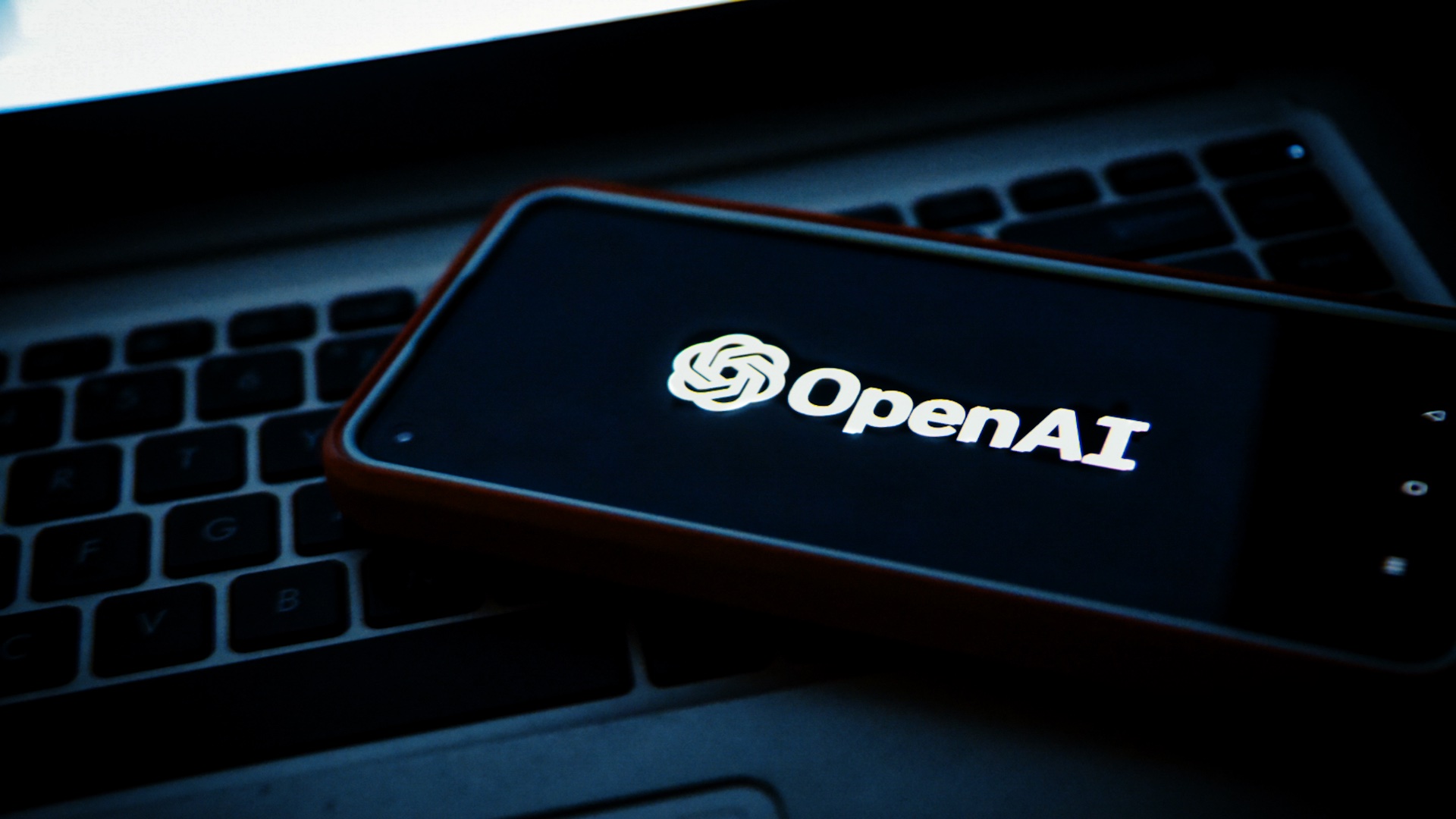DXC Technology and Microsoft ‘s study ‘The Trust Report : From Risk Management to Strategic Resilience in Cybersecurity‘ involved more than a hundredcybersecurityexperts from four continents. The results show unequivocally: the Zero Trust model is becoming the cornerstone of data protection, but only a small proportion of organisations are fully utilising the capabilities of artificial intelligence in this area.
In the companies analysed, as many as 83% of companies that implemented the Zero Trust model reported a reduction in security incidents and a decrease in remediation and support costs. Meanwhile, only 30% of organisations reported using AI-based tools – for user authentication, for example – making it clear that the potential of AI in cyber security remains largely untapped.
The report identifies key barriers: 66% of organisations cite outdated IT systems as the main obstacle to implementing Zero Trust, and 72% say it is new, rapidly evolving threats that motivate them to continuously improve Zero Trust policies and practices. Importantly – more than half of companies acknowledge that Zero Trust also brings unexpected benefits, including improving the user experience while strengthening security.
Three conclusions can be drawn from the perspective of the technology market in Poland. First: the implementation of Zero Trust is no longer an option, but a condition for effective protection – organisations that have implemented it are realistically reducing risks and costs. Second: although AI is in the discourse often, in practice only one in three companies declare its use in the security area – which creates space for technology and service providers to occupy a strategic position. Third: the integration of identity, devices, networks, applications and data into a coherent architecture – not only the technology solutions, but also the security culture and management commitment – is becoming a key element of deployments.
Commenting on the results, especially in the context of Poland and the CEE region, it is worth emphasising that the transformation towards Zero Trust requires both an upgrade of IT resources and a change in organisational approach. In a region where infrastructure and procedures often remain from an earlier era, the legacy-systems barrier can be more acute than in developed economies. Meanwhile, cybercriminals – aided by AI tools – are increasingly circumventing conventional security, which only adds to the pressure to accelerate change. The DXC and Microsoft report makes it clear that digital security has become a strategic element – not only is the IT department expected to act, but decisions to build resilience must be made at board level.
The Zero Trust model is gaining stature as a fundamental standard in cyber security. But its full value will only be achieved when combined with AI technologies and in an environment where cultural change and modernisation of the IT environment go hand in hand. For the IT channel companies in Poland, it is a signal that offering solutions and services in the zero trust + AI model can become an important differentiator – especially where the competition still focuses exclusively on classic security solutions.












